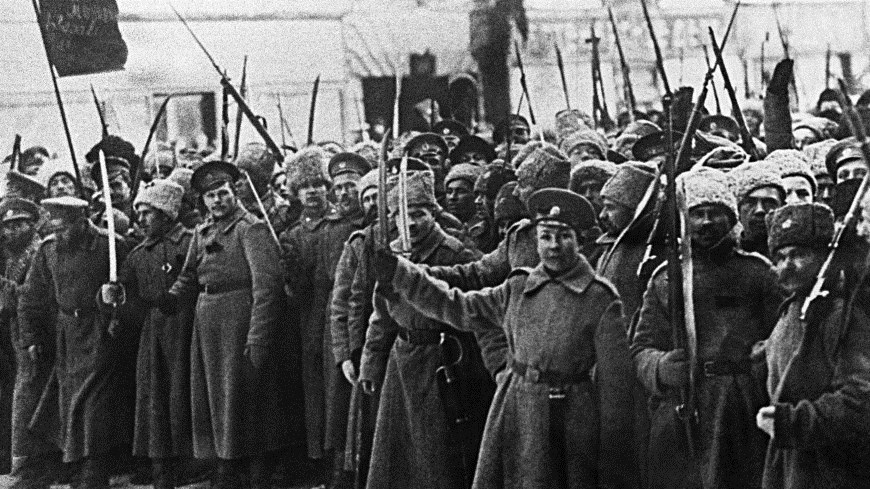
Life of Kazakhstan's villagers in the early twentieth century
Life in the Kazakh village in the pre-revolutionary years of the early twentieth century, of course, determined not only the traditional age-old way of life of the nomads, but also the events that affected the entire Russian Empire at that time. In all this diversity, two events can be highlighted - the agrarian reform of Prime Minister Peter Stolypin in 1906 and the First World War. These events touched upon all spheres of life in Kazakhstan. They caused both positive and negative changes in the economic structure of the aul. For example, it was after the announcement of the beginning of reforms the policy of resettlement of peasants from western and central regions of Russia in Kazakhstan was significantly strengthened. The authorities actually confiscated land for immigrants from the indigenous population. Thus, in 1906, the assistant to the governor-general of Turkestan noted: "there are no absolutely free, convenient for settlement lands and, speaking of colonization, we have to keep in mind that it can be done only at the expense of land occupied by nomads". Such disregard for the interests of the indigenous population has naturally had negative consequences, namely the land issue has become more acute. Often fertile land belonging to the nomads was withdrawn in favour of the settlers. All this, of course, did not have the best effect on the nomads' centuries-old way of life, depriving them of the opportunity to conduct both agricultural and cattle breeding on their lands. The most massive flow of settlers occurred in 1909, when more than 87 thousand people arrived in the Steppe region, an increase compared to the 1906 of 350%. And most often peasants from western regions of Russia moved to new places to the south - fertile nomadic lands in Semirechenskaya and Syrdarya regions. Naturally, they also moved to other regions of Kazakhstan. From 1906 to 1913 more than 430 thousand peasant farms were resettled in Akmola, Torgai, Ural and Semipalatinsk regions. By 1917, the authorities had taken almost 45 million dessiatinas of land from the local population in favor of peasant settlers. In total, by the pre-revolutionary year 1917, more than 1.5 million people had moved to Kazakhstan.
Changes in the life of rural residents on the eve of 1917
However, it is certainly not right to speak only about the negative impact of this process. The resettlers also played a positive role. Thus, the Kazakh population began to actively develop new agricultural crops and new tools. They began to cultivate soil with new tools, which naturally affected the growth of the volume of harvested crops. At the beginning of the twentieth century, the total number of Kazakhs among the population of the Steppe region, which was engaged in agriculture, exceeded 55%. Farming was spread in Southeast Kazakhstan. It is not surprising though, in these regions people have been cultivating land for centuries. By the end of the first decade of the 20th century 81% of Kazakh farms lived on land only in Kanal district of Semirechenskaya oblast, a little less than these figures were in Vernensky district - 79.3%. However, what is surprising is the fact that cultivation of agricultural crops began in other regions of Kazakhstan at the same time. In Kustanai county 88% of Kazakh farms worked on land. In addition, local residents were able to sell their products at fairs not only in the region, but also in neighboring Russian provinces. Wheat, barley and oats grown in Kazakhstan were in special demand. For example, at the beginning of the twentieth century, only in Semipalatinsk about 380 thousand poods of wheat and up to 500 thousand poods of wheat flour were collected in storage facilities, and in Pavlodar - up to 200 thousand poods of grain. Naturally, the increased demand resulted in the increase of sown areas. Also, melon field, rice and vegetable gardens were actively cultivated in the region. Besides, it should be mentioned that at the beginning of the century the cattle breeding in Kazakhstan was developing as well. Thus, in summer only through Sarysu County, local residents moved up to 60 thousand heads of cattle and up to 200 thousand sheep from Akmola, Karkaralyn and Sarysu County to the central regions of Russia.
Impact of the First World War on Kazakhstan's agriculture
While the Stolypin reform had some positive impact on the way the indigenous population lived, the First World War brought only misfortune. The hostilities that unfolded thousands of kilometers away from the Kazakh steppes affected the life of the village in the most terrible way. First, the authorities increased taxes by almost 4 times, and in some places by 15 times. The indigenous people were obliged to pay so-called "voluntary fees". In total, the authorities imposed 10 kinds of all kinds of fees and duties on people. Moreover, the authorities began to confiscate land from the Kazakh population, and even livestock and food to boot. All for the needs of the Tsarist army. From 1914 to 1917 in Turkestan region alone Kazakhs had to surrender almost 70 thousand heads of horses, almost 13 thousand camels. The acreage of cultivated lands of both Kazakh and immigrants has decreased, as a result of which the prices for bread have increased significantly. The last straw of the people was the will of the Tsarist authorities to attract the Kazakh population for rear works. On 25 June 1916 the famous decree was published, which stated that all non-Russian male population of Turkestan at the age of 18 - 43 years should be "requisitioned" for works on creation of defensive constructions in the frontline zone, as well as for rear works. In total, over 480 thousand people were to be sent to these works. Local residents could not agree with this. And people opposed such a decision of the tsarist authorities. And on the day when this decree was published, uprisings broke out in the steppe. One of the most massive uprisings was in Turgai Uprising led by Amangeldy Imanov and Alibi Dzhangeldin. The authorities used the troops against them. But this did not prevent them from taking power in those areas that were under the control of Imanov's insurgents. But still, the difference in forces were considerable. Thus, the uprising was crushed in the most brutal way. Agriculture was effectively in decline. No one sawed or grazed the cattle. Hundreds of auls were wiped off the face of the earth, thousands of local people were killed, ten thousand Kazakhs were forced to leave their native land and to save themselves by leaving to China. However, the Tsarist administration was also unable to achieve its goal. Thus, only 123 thousand people were sent for rear works, whereas almost half a million local residents were going to be involved. This is how residents of villages and auls of Kazakhstan met the revolutionary year 1917.






































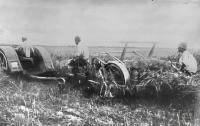
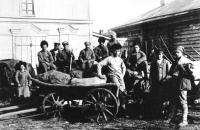
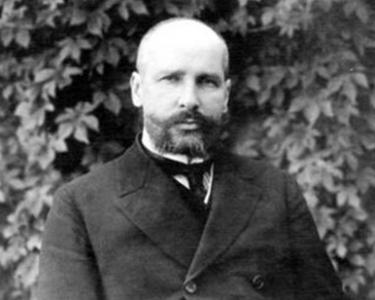
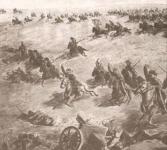
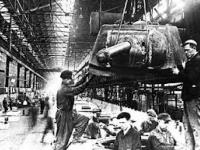

Обсуждение